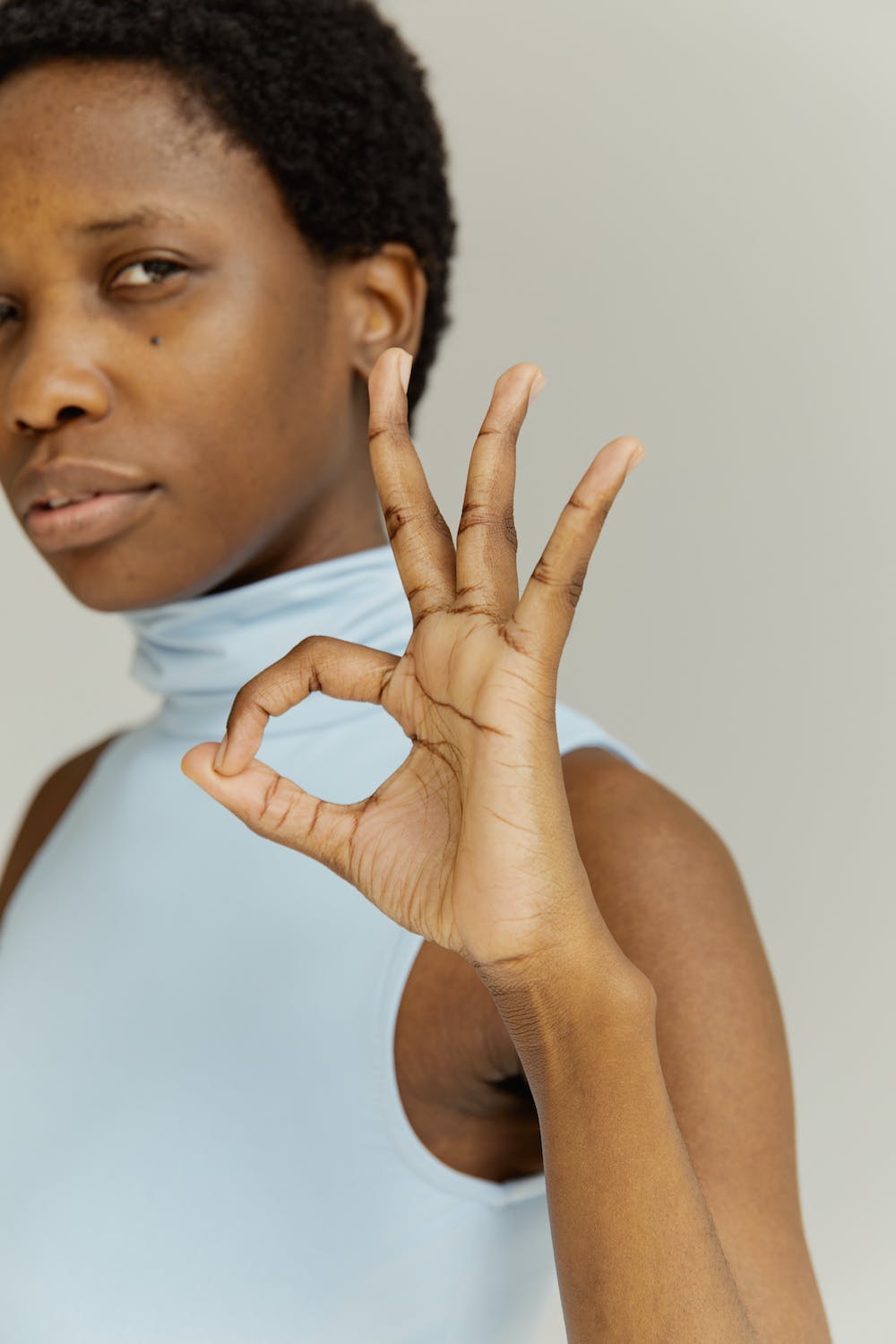The Kenya Sign Language is now fully recognized as one of the three official languages in Kenya.
Article 120(1) of the constitution of Kenya says the official languages of Parliament shall be Kiswahili, English and Kenya Sign Language.
Moreover, the law now requires that sign language be used by all national television stations when broadcasting content of national interest.
Signs are allocated by the deaf community according to the common characteristics of the persons or places to whom they are assigned. And as the use continues to grow like any other language, the signs become universal.
However, even as sign language gets more and more embraced in Kenya, it becomes more and more controversial. Some of the signs are interpreted as being political stereotypes and negative innuendos. Probably this is because of the aggressive and sensitive nature of the Kenya’s politics and the ethnicity.
In fact, some of the expressions assigned to people, places and events, would not be acceptable were they to be publicly verbalized.
For example, Mandela, a region in North Eastern Kenya, is signed by folding the fingers into an image of two gun in shooting position. The signs is obviously allocated due to regular bandit attacks in the region. Would that be the right way to use an official language to depict a whole region.
So, how would one sign, “Member for Mandela East” when using sign language in a Parliamentary debate. And would that go well with the persons involved, were they to be keen on the signing.
Muranga is signed by placing the palm of the hand on the side of the neck, as an indication of “strangulation during robbery attacks”. When I demonstrated that sign, I received a backlash on social media from persons who obviously thought I was engaging in political hate. But that is the official sign for the place. The question is, how was it assigned to Muranga? Is violent mugging so prevalent in Muranga?
Nyeri is partly signed by use of hands to indicate hills and valley. Its also signed by show of tobacco sniffing of the nose. Who allocated that sign Nyeri? Does the county have a history of tobacco sniffing?
Other signs for persons, especially political personalities may be considered as offensive by the non-deaf community to say the least. They are mainly allocated according to the anatomy of the persons. The Deputy President Rigathi Gachagua is signed by show of teeth and movement of the mouth. The president is signed by squinting of the face and pressing the nose. Others have equally controversial signs allocated to them.





